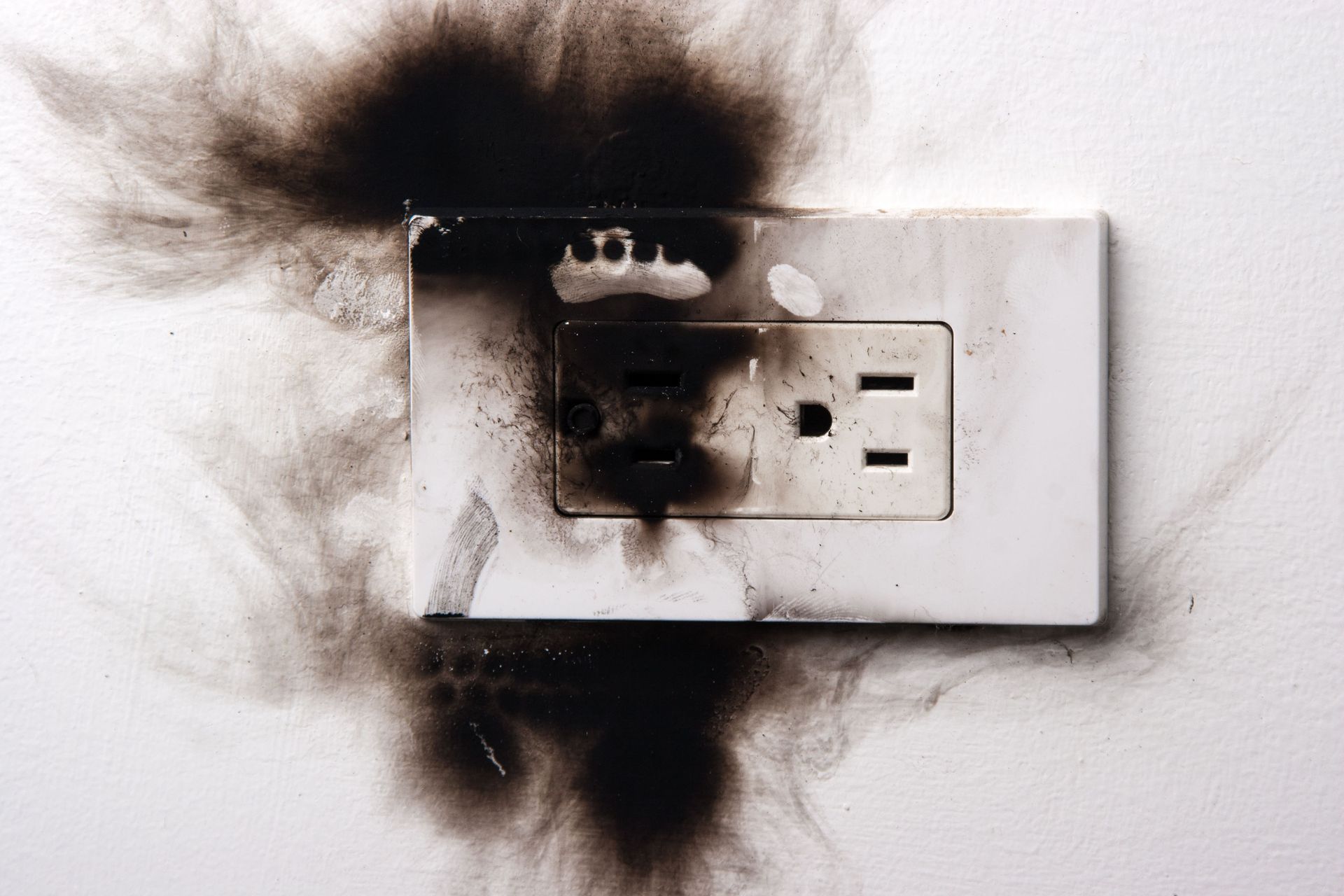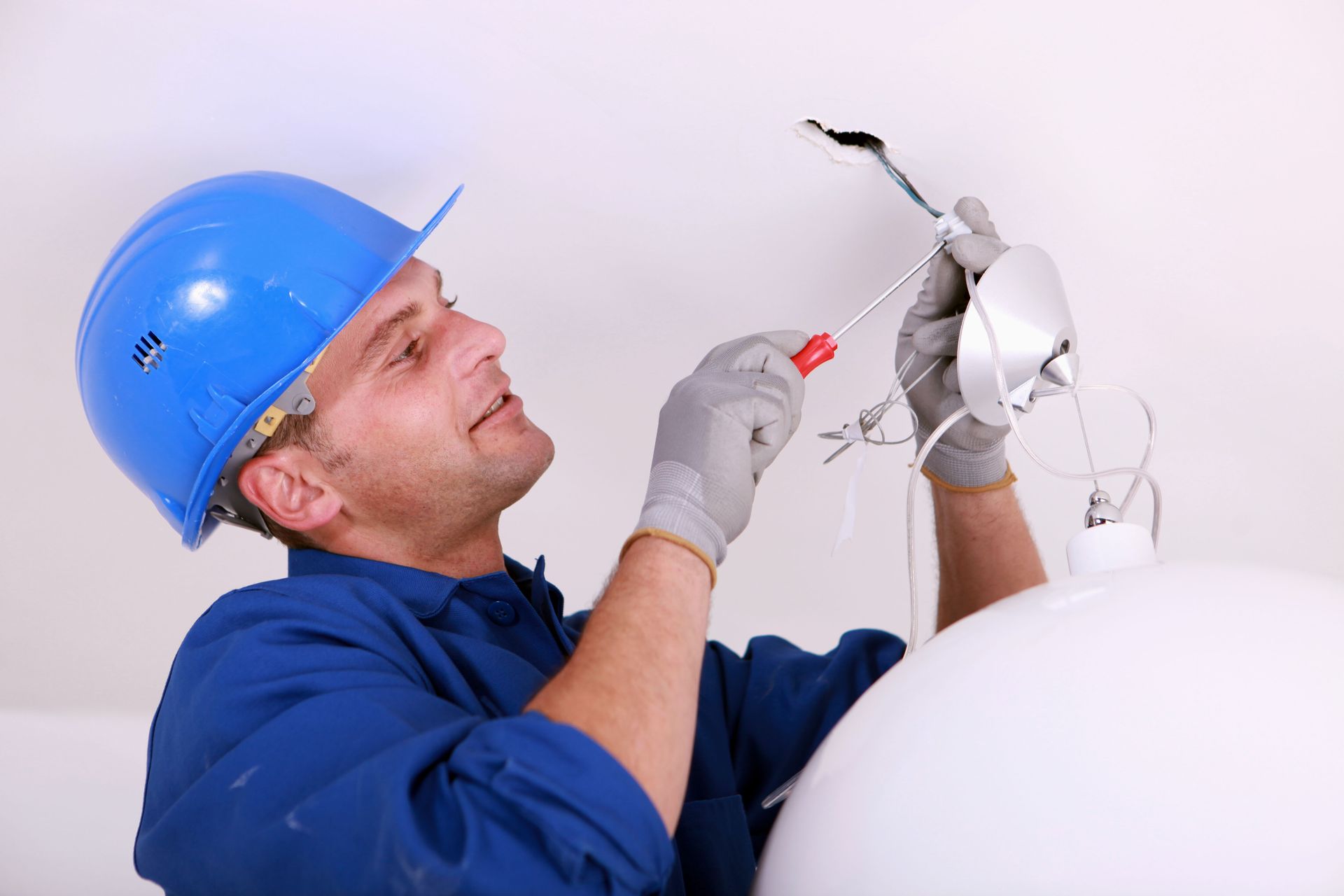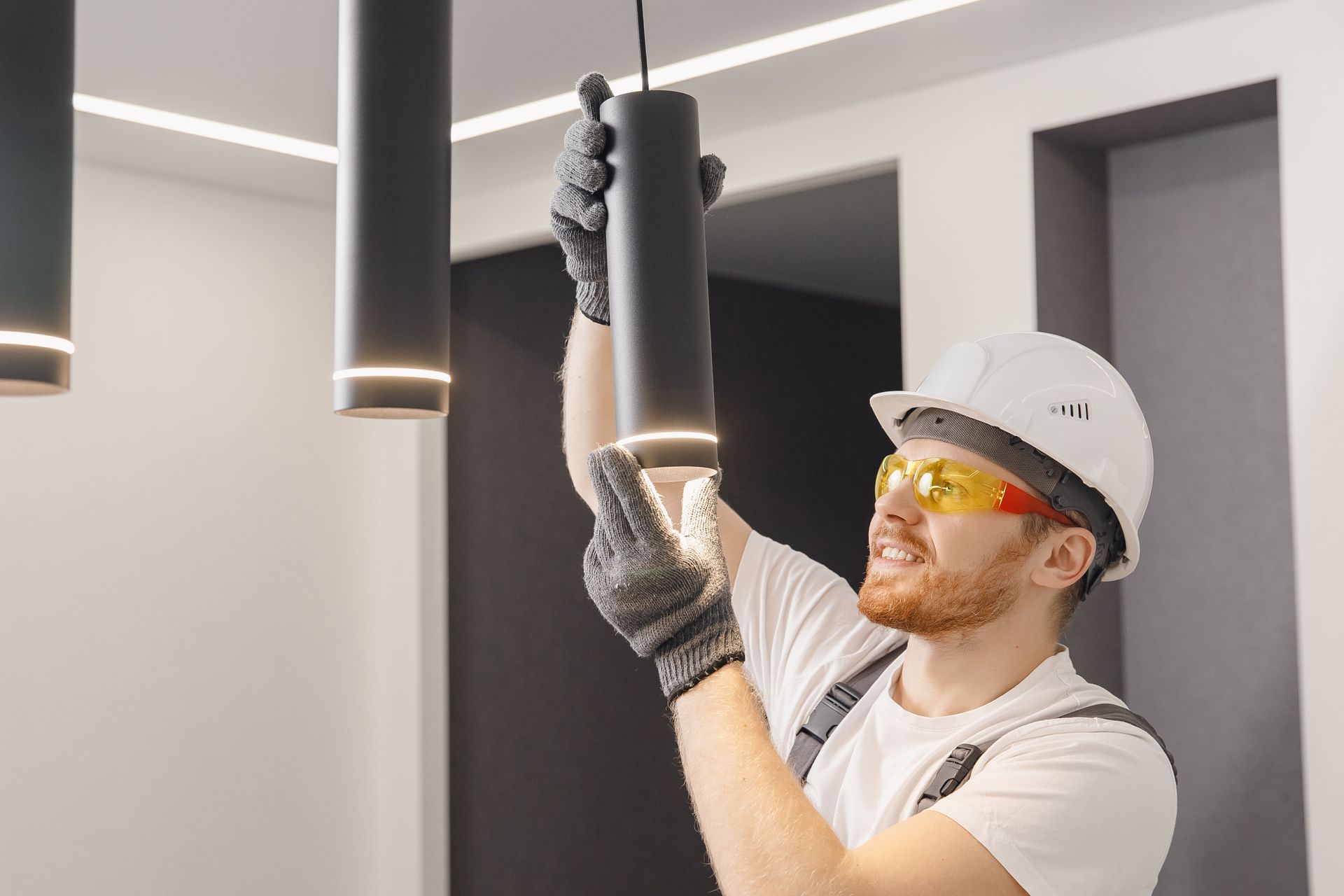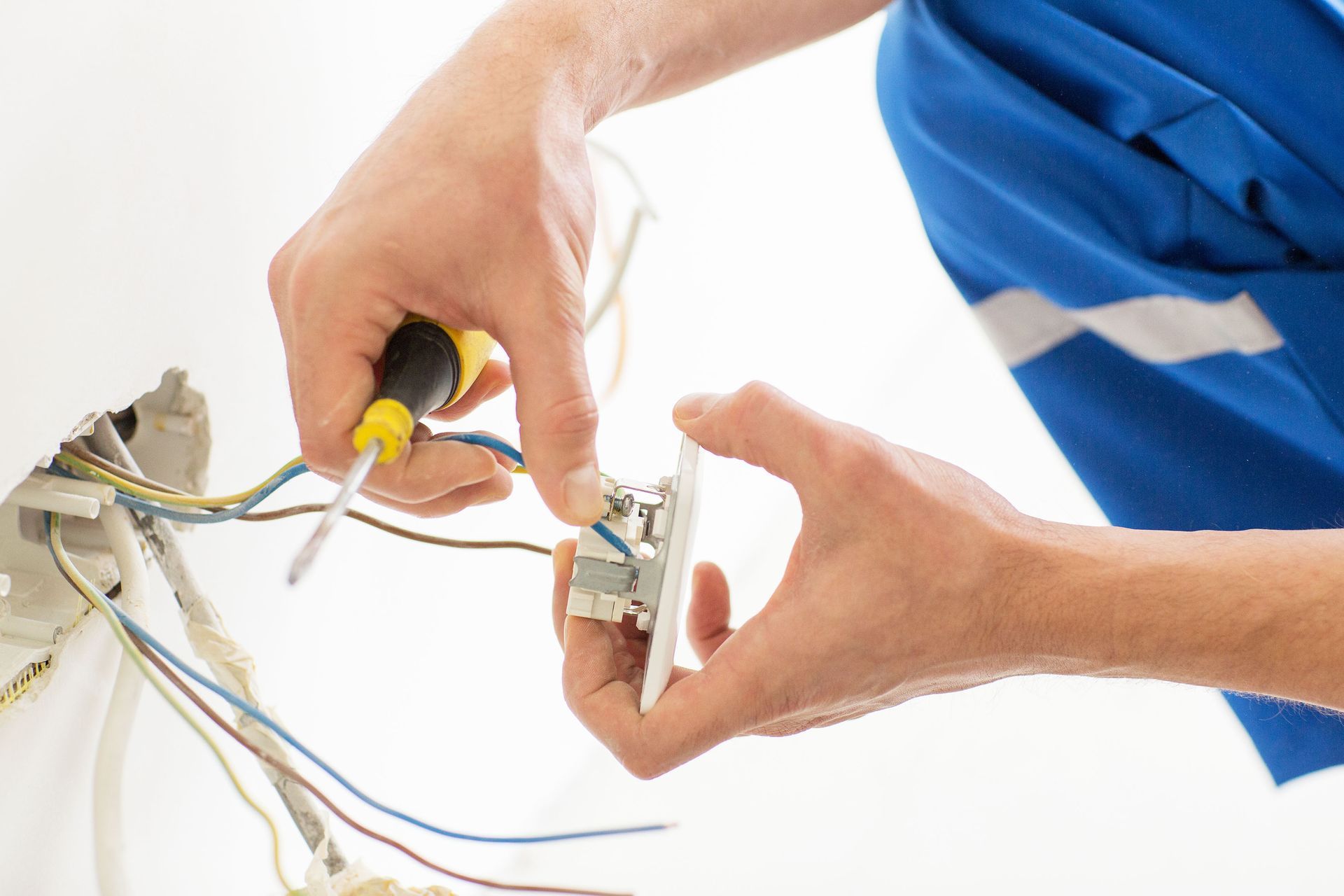6 Common Electrical Problems That You Shouldn't Overlook
Understanding and identifying electrical issues in your home is critical for safety and efficiency. This article delves into some of the most common electrical problems that homeowners should address promptly to prevent potential hazards and ensure a safe living environment. Taking immediate corrective action not only secures your home but also optimizes its energy use.
In an era where modern homes are increasingly dependent on electricity, maintaining a functional and safe electrical system is more important than ever. Neglecting these issues can lead to costly repairs and, worse, endanger the lives of you and your loved ones. Proactive management of electrical anomalies is thus crucial to preserving the integrity of your home's infrastructure.
According to Today's Homeowner, one of the top causes of accidental home structure fires is electrical malfunctions, with 79% of these fires spreading beyond the source. Ignoring the initial signs of electrical failure can exacerbate the problem, leading to severe consequences. Through careful attention and timely interventions, the inherent risks associated with electrical systems can be significantly mitigated.
1. Frequent Circuit Breaker Trips
Circuit breakers that frequently trip is an issue that many homeowners face yet often overlook. When this problem arises, however, it indicates an overloaded circuit, which can be the result of using multiple high-wattage devices simultaneously. Moreover, outdated or faulty circuit breakers that are unable to handle the household's current electrical load further compound the issue.
Warning signs of overloaded circuits include frequent power interruptions and burning odors near breaker panels. These indicators not only signify overuse but also point to potential fire hazards. Homeowners should be alert to these symptoms and take immediate measures to distribute electrical loads evenly across circuits.
To safeguard your electrical system, it is recommended to limit the usage of high-energy appliances during peak times and consult a professional electrician to assess your circuit needs. In some cases, upgrading your panel to a higher capacity may be necessary. Consulting with professionals for electrical services ensures that the upgrade meets current safety standards and efficiently supports your home's electrical demands.
2. Flickering or Dimming Lights
Flickering or dimming lights often serve as a subtle yet alarming sign of underlying electrical issues. The root causes can range from simple problems, such as loose bulbs, to more serious wiring or circuit overloads. Homeowners often dismiss this annoyance, yet it is an indication that the affected fixture is receiving an inconsistent electrical supply.
Diagnosing the severity of light flickering requires an understanding of when and where the problem occurs. Sporadic flickers in a single lamp might indicate a loose bulb, whereas consistent dimming across several fixtures could denote a more significant electrical issue. This inconsistency demands that homeowners pay careful attention to the patterns of this problem to identify its cause properly.
Simple solutions like tightening bulbs or checking the affected area for any visible issues can address minor instances. However, if the flickering persists or affects either all or several lights, it is imperative to assess the circuit's capacity and potential overloads. Professional electrical services may be needed to evaluate the system's integrity, especially if the wiring is old or potentially damaged.
3. Faulty Wiring
Faulty wiring is a serious concern that any responsible homeowner should address immediately. Indicators of these issues include buzzing noises from outlets, persistent burning smells without clear sources, or the occasional spark when plugging in devices. These symptoms may initially appear harmless, but they are critical warning signals of potential electrical failure.
The dangers associated with ignoring faulty wiring are immense, extending beyond potential interruptions in the power supply. Faulty wiring significantly increases the risk of electrical fires, which could destroy property and endanger lives. In fact, electrical malfunctions are one of the leading causes of accidental home structure fires, highlighting the dire need for prompt intervention.
The key causes of wiring problems often revolve around inferior installation, material degradation over time, and improper modifications during renovations. Evaluating and addressing these issues require professional assessment to ensure the wiring meets safety standards. Rewiring is sometimes necessary as a long-term solution to maintain your home's electrical safety.
4. Burning Odor or Sparks
The presence of a burning odor or visible sparks signifies an immediate electrical hazard that should not be underestimated. Such incidents warrant immediate action; turning off the main power supply and contacting a company providing professional electrical services without delay is paramount. When these signs are present, the problem is often deeply rooted and can threaten the safety of your household.
Common sources of electrical sparks include overloaded outlets, damaged cords, or deteriorating wire insulation. These sources manifest due to constant contact with electrical currents beyond their capacity. Homeowners experiencing these signs should consider replacing older appliances or limiting the total load from a single outlet.
Ignoring these warning signs can exacerbate overheating issues, leading to electrical fires or severe damage to appliances. Safety precautions, such as installing surge protectors and maintaining outlets and appliances, are essential to prevent escalation. Professional intervention is crucial in safely managing and remedying the underlying causes of such problems.
5. Non-Functioning Outlets
Dead outlets can be a frustrating inconvenience and indicate deeper electrical issues. Initial troubleshooting steps should include checking for tripped breakers or resetting the GFCI outlets, which offer protection against ground faults. However, if these steps do not restore power, the problem may lie within the internal wiring of the outlet, demanding further inspection.
Understanding GFCI and circuit issues is essential, as these safety devices detect imbalances in current and promptly cut off power to prevent shocks. A non-responsive GFCI reset could highlight the necessity of replacing faulty components or repairing internal circuit problems. Regular maintenance of outlets, including visual inspections for discoloration or damage, helps identify and mitigate potential hazards early.
When to replace or repair an outlet depends on the frequency of failures and the age of the system. Calling in a qualified electrician ensures that all repairs are conducted safely and conform to local electrical codes. Properly maintained outlets are vital for continuing safe and efficient use of electrical power in your home.
6. Growing Electricity Bills
Skyrocketing electricity bills are a common concern for many homeowners, often pointing to inefficiencies within the electrical system. Identifying potential culprits of high usage involves evaluating outdated appliances, leaks, or inefficient electrical systems. Understanding where energy waste occurs is the first step to reducing unnecessary costs and improving efficiency.
Adopting efficient appliance usage tips, such as unplugging devices not in use or utilizing energy-saving modes when possible, contributes significantly to lowering consumption. Conducting an energy audit helps pinpoint areas of excessive use, providing a comprehensive view of the home's energy profile that can be optimized for savings.
Smart home solutions, like programmable thermostats and energy-efficient lighting systems, are invaluable tools for achieving long-term savings and maintaining an eco-friendly household. Evaluating for leaks or inefficiencies in the system helps sustain these savings. Implementing these measures ensures that your home remains both cost-effective and sustainable over time.
Addressing electrical problems as soon as they arise is essential to maintaining a safe and efficient household. By understanding these common issues and knowing how to handle them, homeowners can prevent potential accidents and reduce their energy costs. Always remember, when in doubt, consult with a professional electrician to ensure the best outcomes for your home's electrical health. If you're in need of high-quality electrical services, consider our team at Coup Electric Co. Contact us today to get started!





Share On: